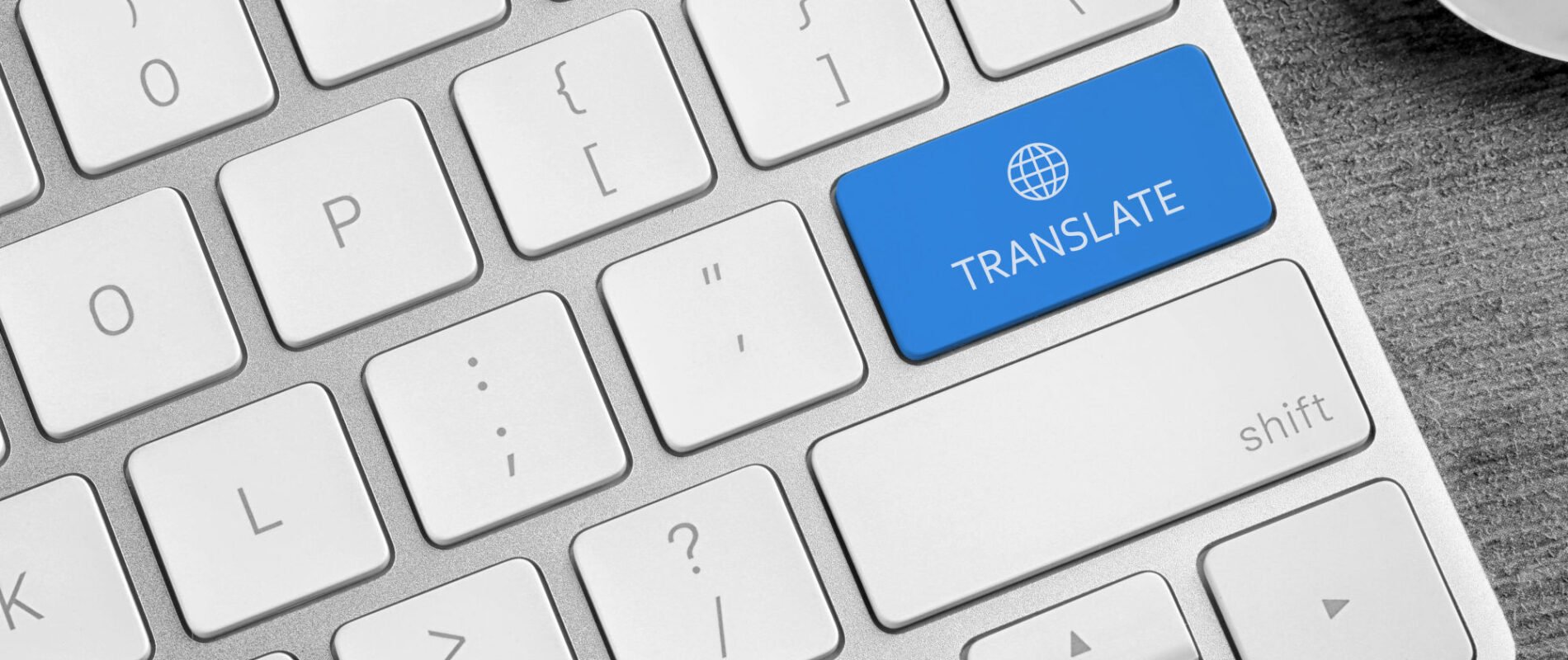In today’s global marketplace, protecting intellectual property across borders is a priority for innovative businesses. For companies targeting Portuguese-speaking countries like Brazil and Portugal, translating patent applications from English to Portuguese is a critical step in securing patent rights. However, translation costs can vary significantly, prompting the question: is opting for cheaper translations a better choice? This article explores the balance between cost and quality in English-Portuguese patent translations and provides a framework for measuring return on investment (ROI) to help businesses make informed decisions.
Factors Influencing Patent Translation Costs
Several factors determine the cost of translating a patent application:
Industry and Complexity: Patents in specialized fields like pharmaceuticals or engineering require translators with deep technical and legal expertise. Pharmaceutical patents, for instance, often include complex medical terminology and regulatory requirements, which increase translation costs. According to Artlangs, pharmaceutical translations typically range from $0.25 to $0.35 per word, while engineering patents, with a broader pool of qualified translators, may cost $0.20 to $0.30 per word.
Word Count: Translation services are generally priced per word, so the length of the patent directly impacts costs. Industry data from Park IP Translations indicates that the average English-language Patent Cooperation Treaty (PCT) application is approximately 9,400 words, though pharmaceutical patents can reach 18,400 words, while engineering patents average around 6,350 words.
Country-Specific Requirements: Each country has unique requirements for patent translations. In Brazil, the Brazilian Patent Office (INPI) mandates sworn translations by certified public translators, which can elevate costs to $0.30–$0.40 per word due to the certification process. In Portugal, translations for European Patent Office (EPO) validations or direct filings with the Portuguese INPI must be overseen by accredited agents, with costs typically ranging from $0.25 to $0.35 per word.
The Temptation of Cheaper Translations
Cheaper translation services can be appealing, especially for businesses managing tight budgets. For a 10,000-word patent, a lower-cost provider charging $0.25 per word could save $1,000 compared to a premium service at $0.35 per word. However, the initial savings may come at a steep price if the translation quality is compromised. Low-cost providers may employ less experienced translators or rely on machine translation, increasing the risk of errors that can have severe consequences.
Risks of Low-Quality Translations
Patent translations require precision, as even minor errors can undermine the patent’s validity or enforceability:
Altered Scope of Protection: Mistranslations can change the intended meaning of patent claims, affecting the scope of protection. For example, in a Russian patent case cited by Gorodissky & Partners, the phrase “a container adapted to contain a body of liquid” was mistranslated as “a container with a body of liquid.” This error allowed competitors to market similar products without infringing the patent, as their products did not include the liquid.
Patent Rejection or Invalidation: Errors can lead to the patent being rejected or invalidated. In another case, the mistranslation of “median particle diameter” to “average particle diameter” prompted an opposition to the patent grant, as the incorrect term altered the technical specification.
Litigation Costs: Poor translations can trigger legal disputes, resulting in significant costs. A survey referenced by Upcounsel found that over 80% of IP professionals have encountered incorrect patent translations, with 25% reporting that these errors damaged their ability to secure patent protection. Additionally, Patenteams notes that 58% of professionals view translation errors as a “latent risk” to international patent portfolios.
The financial impact of these errors can be substantial. Correcting a mistranslation may require new translations, additional filings, and legal fees, while a rejected or invalidated patent could result in lost revenue or market exclusivity. For instance, litigation costs can reach $500,000 or more, far outweighing the initial savings from a cheaper translation.
Measuring ROI in Patent Translations
To assess the ROI of patent translations, businesses must consider both direct and indirect costs, as well as the expected value of the patent:
Direct Costs: These include the fees paid to translation service providers. High-quality translations, while more expensive, reduce the likelihood of errors.
Indirect Costs: These encompass the potential costs of errors, such as:
Additional translation costs to correct mistakes.
Legal fees for litigation or re-filing.
Loss of patent rights or reduced patent value due to errors.
Expected Value: The anticipated revenue or strategic value from securing the patent in the target country, which could be millions of dollars for high-value innovations.
A simplified ROI formula is:
[ \text{ROI} = \frac{\text{Expected Value from Patent} - \text{Total Costs}}{\text{Total Costs}} \times 100% ]
Where Total Costs include direct translation costs and expected indirect costs (e.g., litigation or correction costs weighted by their probability).
Strategies for Maximizing ROI
To optimize ROI in patent translations, businesses can adopt the following strategies:
Prioritize Quality: Choose translation providers with expertise in both the technical field and patent law. Certifications, such as Brazil’s sworn translation requirement, ensure legal compliance and accuracy.
Develop a Glossary: Create a consistent glossary of technical terms to reduce ambiguity and errors, as suggested by Naarg Media.
Assess Long-Term Value: Evaluate the patent’s potential revenue or strategic importance when budgeting for translations, rather than focusing solely on upfront costs.
Request Samples: Ask for sample translations or references to verify the provider’s quality before committing.
While cheaper English-Portuguese patent translations may offer short-term savings, the risks of errors—such as patent rejection, reduced protection, or costly litigation—can significantly diminish ROI. High-quality translations, though more expensive initially, are likely to provide better value by ensuring accuracy and maximizing the patent’s enforceability. By considering both direct and indirect costs, businesses can make informed decisions to protect their intellectual property effectively.
For reliable and accurate English-Portuguese patent translations, Artlangs Translation offers specialized services with experienced translators who understand the nuances of patent law and technical terminology, ensuring your innovations are safeguarded across borders.











